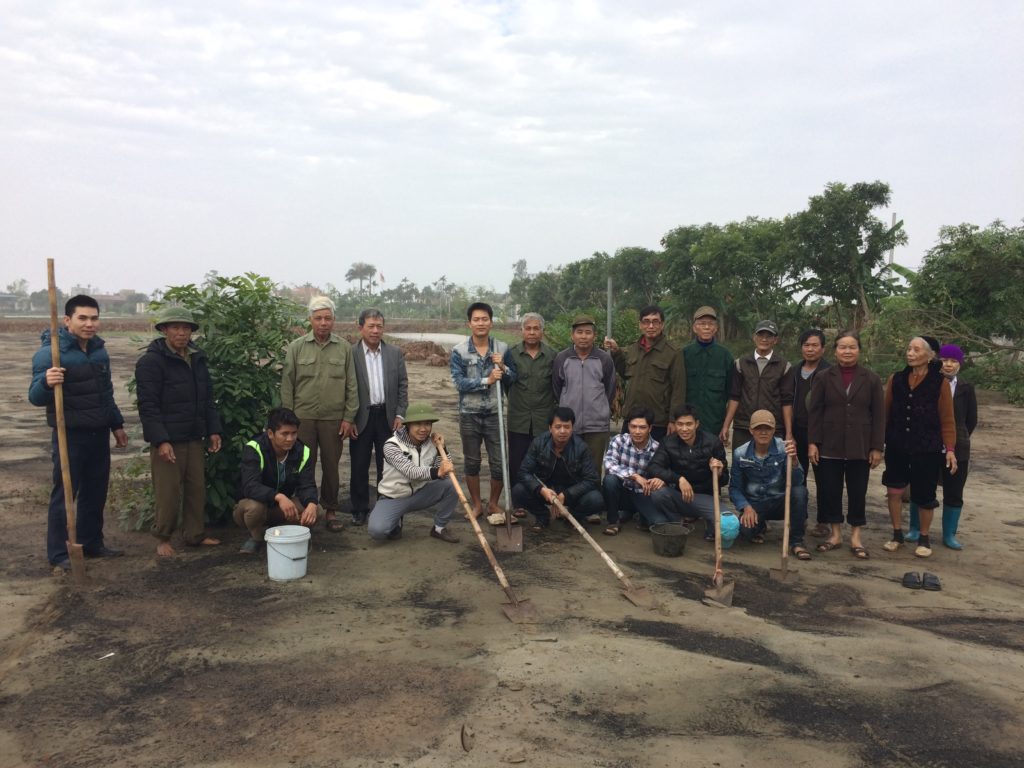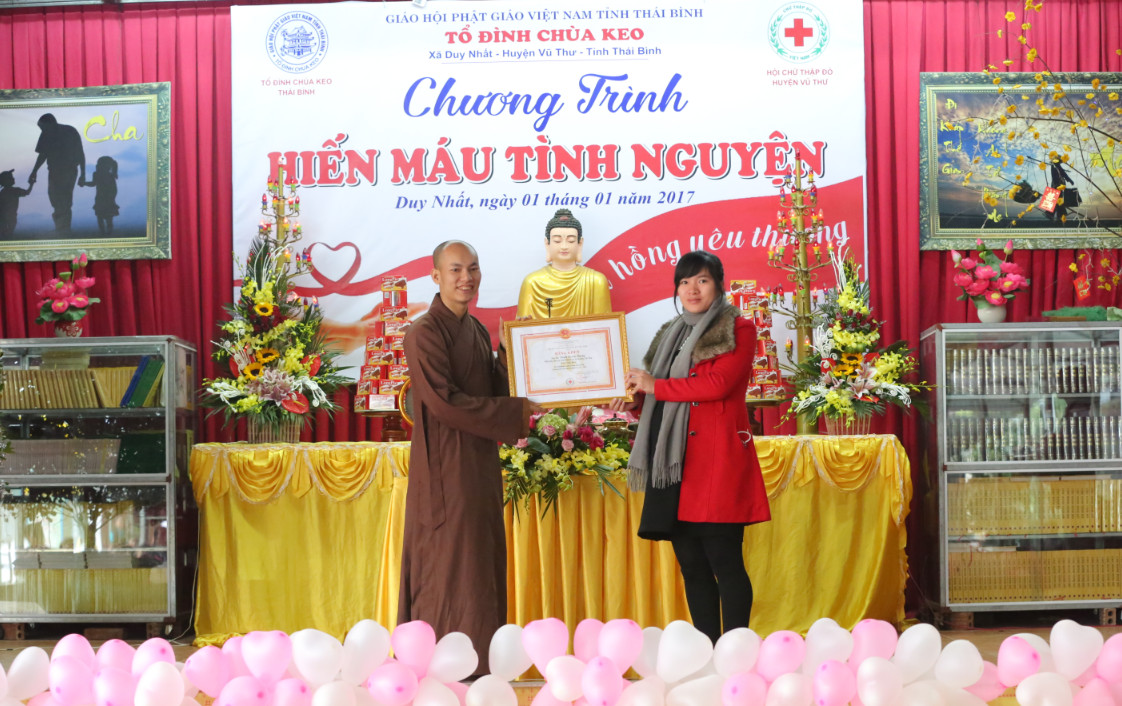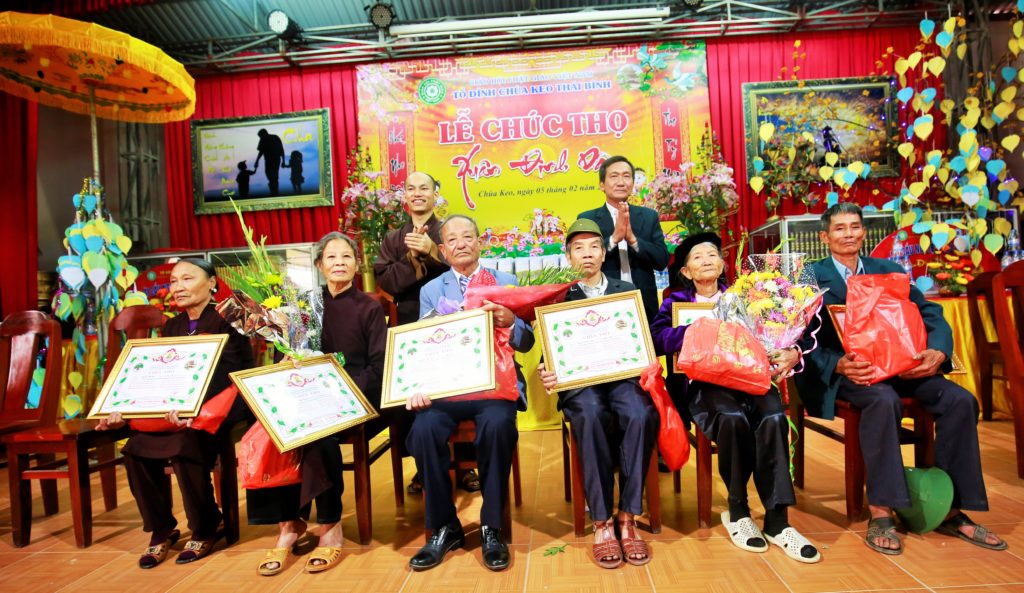The Origins of the Duanwu Festival
The Duanwu Festival, also known as the Duanyang Festival, Mid-Year Festival, or Insect-Killing Festival, takes place on the 5th day of the 5th lunar month. "Duan" means "beginning," while "Wu" or "Yang" signifies noon, a time of strong yang energy. Additionally, "Wu" represents the fifth lunar month, when the sun is closest to the earth and yang energy is at its peak.
This period also marks seasonal transitions, such as the shift from dry to rainy seasons and from cold to hot weather. In ancient agricultural societies, this time symbolized the transition from the Chiem rice crop to the Summer crop. As insects proliferated, various customs emerged to express gratitude to ancestors and to pray for a bountiful harvest, good health, and protection from disease and evil spirits.
The Debate on the Festival’s Origins
Many believe that the Duanwu Festival originated in China, particularly in association with Qu Yuan, a minister of the ancient Chu state. According to historical records, Qu Yuan was exiled after failing to persuade the Chu king to resist the Qin state. In despair, he committed suicide by jumping into the Mi Luo River on the 5th of the 5th lunar month. The people of Chu allegedly began throwing food into the river to prevent fish from consuming his body, a practice that later evolved into the custom of making sticky rice dumplings (zongzi). Over time, dragon boat races became another tradition linked to his commemoration.
However, alternative perspectives challenge this Chinese-centric origin. Some researchers argue that the Duanwu Festival has deeper roots within Vietnamese culture. An old Vietnamese folk saying states:
"May is the Duan Yang Festival, Remembering the death anniversary of Vietnamese Mother Van Lang."
According to this belief, the 5th of May commemorates the death anniversary of Au Co, the legendary mother of the Vietnamese people. Families prepare rice and cakes to honor their ancestors, suggesting that this tradition predates Qu Yuan’s story by thousands of years. Additionally, historical accounts indicate that the ancient Chu state, where Qu Yuan lived, was originally inhabited by the Bai Yue (Yueh) people, an ethnic group closely related to the early Vietnamese. Researchers argue that Qu Yuan's story might have been a later cultural addition rather than the true origin of the festival.
The Vietnamese perspective asserts that the Duanwu Festival is a distinct part of rice-based agricultural culture, different from the barley-based traditions of the Han Chinese. According to scholar Nguyen Ngoc Tho, the Duanwu Festival originated as a Vietnamese mid-year thanksgiving festival, marking the end of the Chiem rice crop and the beginning of the Summer crop.
Variations of the Duanwu Festival Around the World
In different regions, the Duanwu Festival has unique local customs:
!["[KTMH] Trailer | WHAT TO DO TO MAKE SUMMER HOLIDAYS MORE MEANINGFUL?"](https://i3.ytimg.com/vi/s0VUGa1v6uw/maxresdefault.jpg)

.jpg)

